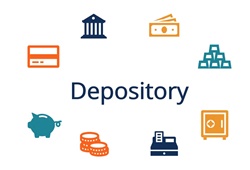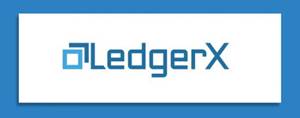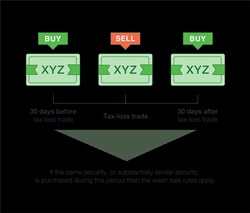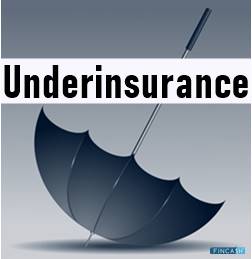
Table of Contents
Defining Reaganomics
As per the Reaganomics definition, it is referred to as a term that implies specific economic policies of the famous Ronald Reagan –the 40th President of the United States of America (serving from 1981 to 1989). Reagan’s economic policies included concepts like significant tax cuts, reduced social spending, raised military spending, and the overall deregulation of the respective domestic markets in the country.

The given set of economic policies was introduced as a response to an extended period of economic stagflation that had started under the leadership of the previous President Gerald Ford in the year 1976.
Getting an Understanding of Reaganomics
The term Reaganomics was made use of by both detractors as well as supporters of the economic policies of Reagan. The given concept was partially based on the respective principles of Economics featuring the supply side along with the trickle-down theory.
The theory holds the fact that reduced Taxes –particularly for corporations, help in Offering the best way when it comes to stimulating the overall Economic Growth. The overall idea is that if the expenses of organizations are minimized, the savings would eventually ‘trickle down’ to the remaining Economy resulting in the overall increased growth. Before George H. W. Bush became the Vice-President of Reagan, he had come up with the term “voodoo economics” to serve as the perfect synonym for the concept of Reaganomics.
Reaganomics and Its Objective
As Reagan started his term at the office, the nation suffered across several years of stagflation. In the given scenario, higher Inflation rates are known to be accompanied by higher rates of unemployment. For fighting higher inflation, the Federal Reserve Board continued increasing the interest rate on a short-term Basis. It turned out to be at its peak during the time of 1981. Reagan then went forward with proposing the four-pronged policy that was aimed at reducing inflation and stimulating job as well as economic growth.
- Reducing government spending on the respective domestic programs
- Reducing the overall burden of regulations on businesses
- Reducing taxes for investments, businesses, and individuals
- Supporting gradual money growth in the given economy
Talk to our investment specialist
Reaganomics in Action
While Reagan was successful in reducing domestic spending, still it turned out to be more than the Offset in the form of increased spending on the military. This led to the creation of a net deficit across Reagan’s two terms. The topmost marginal Tax Rate on incomes individually was reduced from 70 percent to 28 percent. Moreover, the overall corporate tax rate was also reduced from 48 percent to 34 percent. Reagan went on with the reduction of the respective economic regulation that had started under the regime of President Jimmy Carter.
Reagan went on to reduce the overall price controls on natural gas and oil, cable television, and long distance telephonic services. During his 2nd term, Reagan went on to support a dedicated monetary policy for stabilizing the US dollar against foreign currencies.
All efforts have been made to ensure the information provided here is accurate. However, no guarantees are made regarding correctness of data. Please verify with scheme information document before making any investment.












